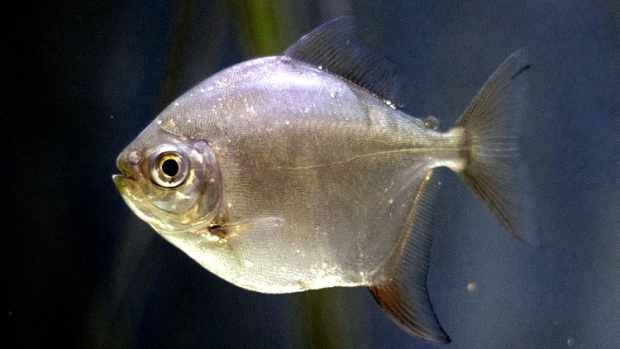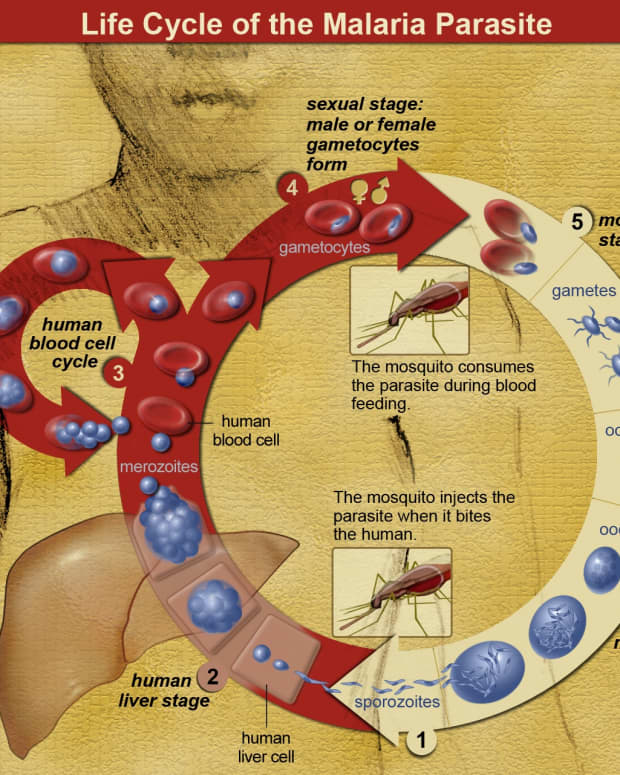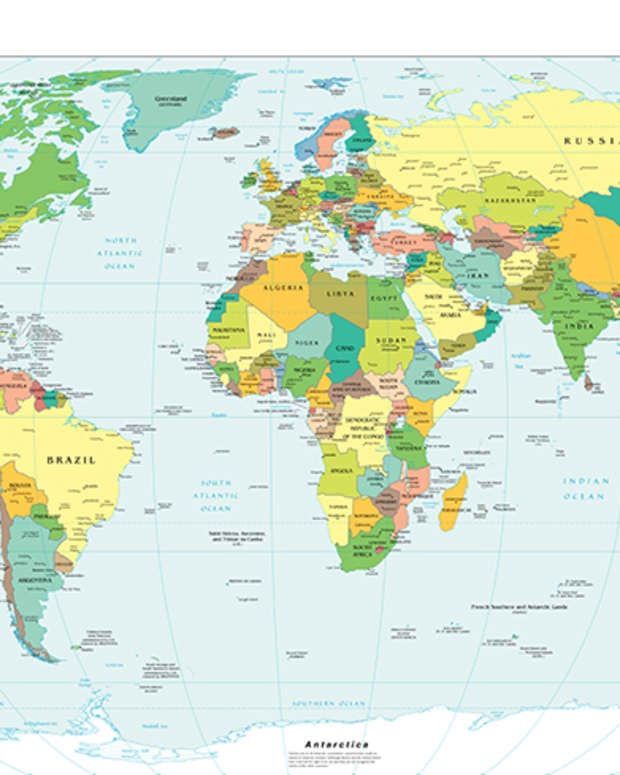Greenland: Plants, Animals, and Climate
True tree species do not exist naturally in Greenland. Practically all vegetation disappeared during the ice age. The existing plant life has since immigrated to the island, chiefly from North America. In the southwest, in the relatively mild climate, the vegetation is richest. There are wooded areas of birch (Betula nana), willow, and alder in the protected inner fjords. Elsewhere in Greenland a variety of tundras exist, with grasses and sedges, often in typical tussock forms, and flowering plants and berry bushes.
The Eskimo made little use of Greenland's plant life as a source of food. According to early accounts the Norse settlers found good natural pasturage and kept many cattle and sheep and made quantities of butter and cheese. Most of the ice-free areas in Greenland are desert, as the vegetation is restricted by low temperatures in the east and low temperatures and aridity in the north.
Land mammals in Greenland are of various species. The musk-ox is found in the north and east. The wild reindeer (caribou) is still found in the west. Small herbivores, such as the ermine and lemming, are widespread. The Arctic wolf is found in the north and east and the Arctic fox in both the blue and white phases along most of the coasts. There are polar bears, although their numbers have been reduced by hunters.
The most valuable mammals in Greenland's economy have been the sea mammals—whales and seals. In the 1920s, climatic changes caused the seals to move north, and Atlantic cod appeared off the Davis Strait coast about the same time. Other fish include halibut and shark (valuable for its liver), and salmon in lakes and streams. There are also shrimp.
Birdlife includes many migrant species from America that summer in Greenland. The snowy owl and ptarmigan winter in Greenland; the snow bunting and raven are among the commonest land birds; and the Greenland falcon is perhaps the most famous.
The coasts of Greenland typically have long, cold winters and short, cool summers; there are, however, great variations between different parts of the country. In the southwest the climate is distinctly maritime, with summer temperatures averaging 45° to 50° F (7°–10° C) while the winters are somewhat more variable with the lowest monthly mean, generally in February, between 5° and 15° F (−15°–−9° C) near the major settlements. Along the west coast mean winter temperatures decrease uniformly from about 24° F (−4° C) near Cape Farewell to −25° F (−32° C) in the northwest. Annual precipitation also decreases rapidly from south to north. There is evidence that in the 10th century, when Norse settlers arrived in southwest Greenland, the climate was milder than today, although it was still marginal for agriculture. The island's climate became more severe in the 13th century, and this may partly account for the disappearance of Norse colonists.
Peary Land and the northeast coast in winter are characterized by great aridity and exceptionally low temperatures. The ice cap has its own climate, with severe cold at all times of the year, especially in the north. In winter the mean temperature of the air over the ice cap is below −25° F; in summer the air temperature is close to the freezing point. The southern part of the ice cap is particularly stormy, since cyclonic disturbances pass over southern Greenland. The northern part, on the other hand, is calmer and the precipitation correspondingly less. The ice cap influences the climate of the coastal areas, which are subjected to strong, local winds off the ice.
Comments
Bryce on April 29, 2015:
Pretty helpful





















